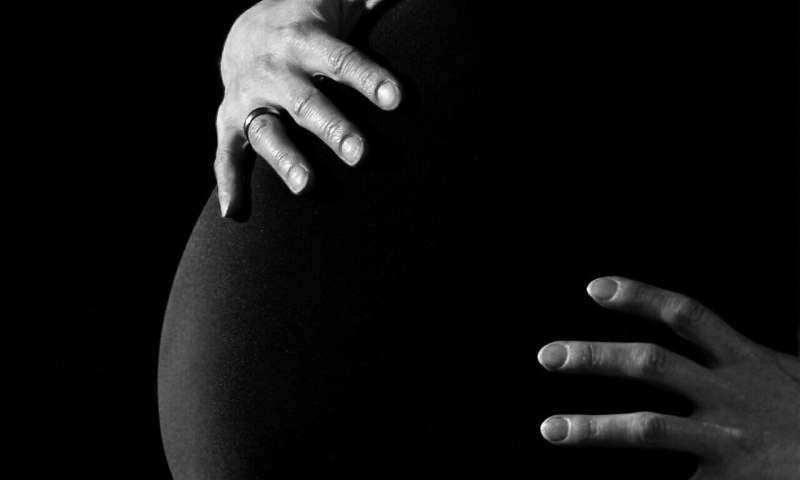This article has been reviewed according to Science X's editorial process and policies. Editors have highlighted the following attributes while ensuring the content's credibility:
fact-checked
peer-reviewed publication
proofread
Study shows outpatient induction of labor is safe and effective, as well as being popular with mothers

In the first study of its kind, researchers at RCSI University of Medicine and Health Sciences and the Rotunda Hospital, Dublin have shown that it is safe for first-time mothers to spend the first 24 hours of induced low-risk labor in the comfort of their own homes.
The RCSI-Rotunda HOME INDUCTION study examined what happens when first-time mothers choose to have labor induced as an outpatient at 39 weeks and then return home to wait for labor to start.
The findings, published in eClinicalMedicine, show that the mothers' experiences are generally positive, and that there are no additional risks for the birth. The ground-breaking research can now pave the way for first-time mothers to have a more satisfactory induction of labor while reducing the pressure on busy maternity services.
"Induction of labor at 39 weeks' gestation has been shown to be safe and effective for first-time mothers, and it minimizes the chances of Cesarean section while maximizing safety for mother and baby, and if mothers would like to start the process of induction in an outpatient setting, it could help to alleviate the pressure on busy maternity hospitals," explains study lead-author Professor Fergal Malone, Professor of Obstetrics and Gynecology at RCSI and Consultant in Obstetrics and Gynecology at the Rotunda Hospital.
"But until now, there has been minimal data available to guide mothers, midwives and obstetricians on how safe and effective it is to start the induction of labor as an outpatient."
The RCSI-Rotunda HOME INDUCTION study was a randomized trial that compared methods of induction at 39 weeks in the outpatient setting for 271 normal-risk first time mothers. Each mother had labor induced as an outpatient, either with a prostaglandin gel or a device that dilates the cervix, then went home for 12–24 hours before returning to the hospital to have the baby.
The study showed that both induction approaches were safe and effective in the outpatient setting. Three-quarters of the mothers in the study successfully delivered their babies vaginally—which meant there was no increased risk of Cesarean delivery compared to women who choose to continue their pregnancy—and patient surveys demonstrated very high levels of patient satisfaction on the study.
The research builds on the proven benefits of elective 39-week induction of labor for first-time mothers and will enable patients and their doctors or midwives to choose the optimal induction method that suits their needs.
"Given that more and more patients are now choosing induction of labor, this is causing challenges for busy maternity hospitals which struggle to manage these large patient numbers while trying to optimize patient comfort and safety. Outpatient induction of labor is an emerging system that might enable larger numbers of patients to choose induction if that is their preference, while remaining in the comfort of their own home," says Professor Malone.
"The results of our study can now be used by pregnant women, midwives, obstetricians and hospital managers to make rational, evidence-based decisions on how to optimize their delivery experience, providing high rates of vaginal delivery, with excellent patient safety and high degrees of patient satisfaction. In our desire to support patient choice, this study optimizes the information that is available to patients so that they can help design the best delivery plan that suits their needs."
More information: Sarah M. Nicholson et al, Outpatient elective induction of labour at 39 weeks' gestation (HOME INDUCTION): an open-label, randomised, controlled, phase III, non-inferiority trial, eClinicalMedicine (2024). DOI: 10.1016/j.eclinm.2024.102741



















